An ovarian cyst is a neoplasm of a benign nature that occurs in women of any age. Inside it is fluid held by the tumor membrane.
The ovarian cyst grows at different speeds and can reach 7 cm in diameter. If you leave it without proper treatment, then in most cases you have to remove the organ itself, which reduces the likelihood of becoming pregnant by 2 times. In this regard, many women have a question: if there is a cyst on the ovary, what to do - treat immediately or leave everything as it is, and wait until it resolves?
Signs of occurrence
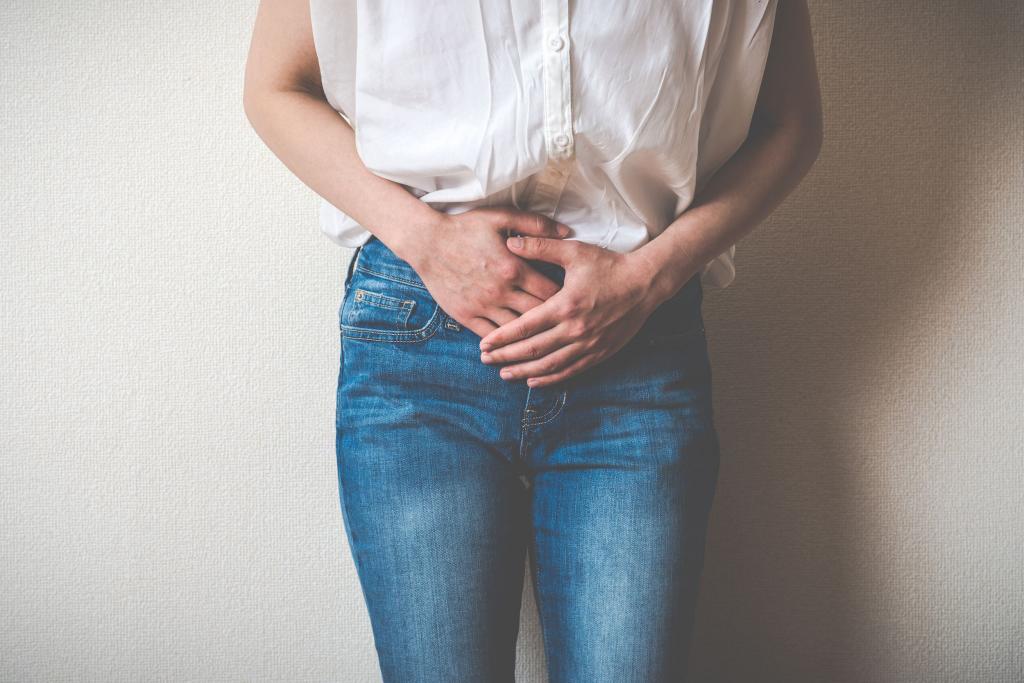
In the early stages of development, the cyst does not manifest itself in any way. This leads to the fact that it is diagnosed only when it affects most of the ovary. This usually happens as a result of a routine examination by a gynecologist. That is why it is recommended to visit a specialist at least 2 times a year.
In the late stages of development, already with an ovarian cyst size of 5 cm or more in diameter, noticeable signs appear:
- Drawing pain in lower abdomen. Usually it is felt after exercise. Pain can be given to the lower back, which makes it difficult to correctly determine its source.
- The regularity of the menstrual cycle is disturbed.
- Pain begins to accompany sexual intercourse.
- A woman becomes barren.
- Vaginal discharge appears mixed with blood.
If one or more symptoms are detected at once, consult a doctor immediately.
Types of Ovarian Cysts
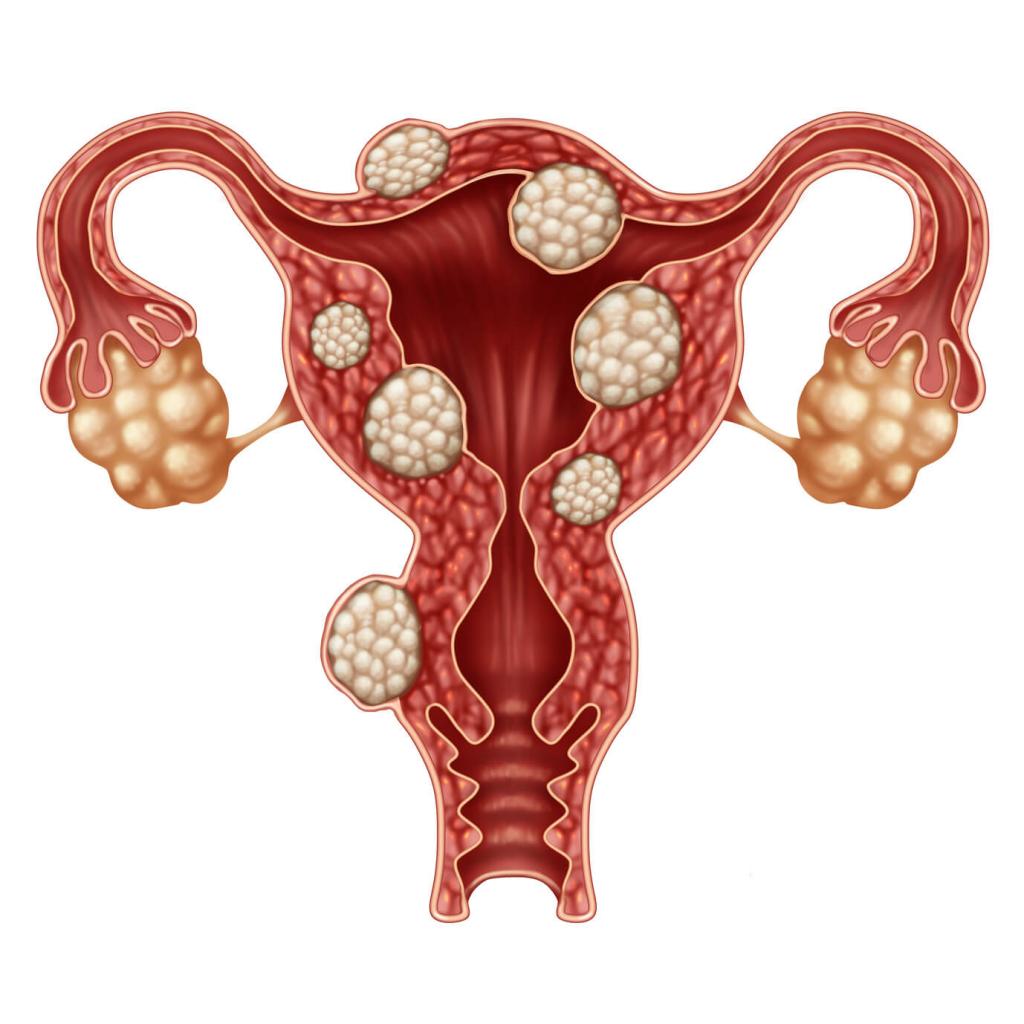
Scientists have established not only the symptoms and causes of ovarian cysts in women, but also divided the pathology into types: by location and etiology of development.
- The most commonly diagnosed follicular cyst. This is the type of benign tumor that emerges from the largest follicle. Time of onset is reproductive age. Pathology never goes into the phase of cancer, but nevertheless requires mandatory treatment, as it is characterized by severe pain in the lower abdomen and often leads to infertility.
- A positive answer to the question: can an ovarian cyst resolve, gives a neoplasm of the corpus luteum. It occurs in the place of the bursting follicle and passes within 3-4 months on its own. Sometimes the tumor itself is torn, which is accompanied by a large amount of secreted blood.
- With a serous cyst, the woman has the most striking symptoms of the pathology: weakness, nausea, fever, menstrual irregularities and pain in the lower abdomen. The tumor content - a serous fluid - causes a similar picture. Symptoms and causes of the appearance of an ovarian cyst of this type are still being studied, since such neoplasms become visible upon external examination and are the most dangerous.
- A paraovarial cyst is detected only by ultrasound examination of the fallopian tube, since it is there that it is localized. There is water inside the tumor, so pain, if any, is extremely rare. Discomfort is usually caused by intense physical activity.
Causes of pathology
Science cannot yet give a definite answer to the question of why cysts form on the ovaries. But there are versions claiming that there are factors that increase the risk of a neoplasm. Here they are:
- The presence of diseases of the endocrine system - the pituitary gland, thyroid gland, adrenal glands.
- Premature termination of pregnancy - abortion.
- Taking a woman who does not fit her birth control pills containing hormones.
- Inflammation of the bladder or urinary tract.
- Renal failure.
- Infectious disease of the reproductive system.
Diagnostic measures
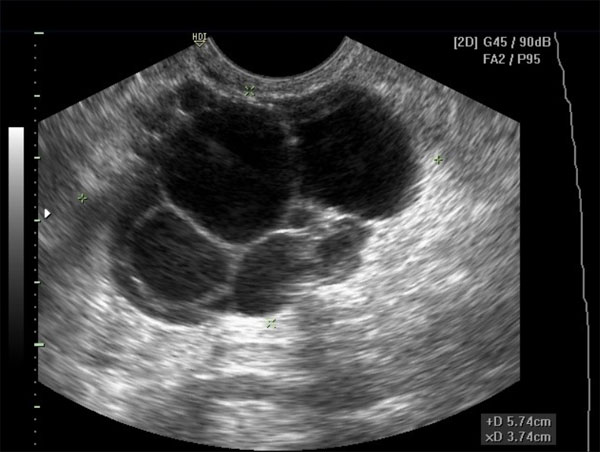
So, why the cysts are formed on the ovaries, the doctors do not fully know, but they learned to diagnose them at the very early stages, when the treatment goes easily and quickly.
First of all, the doctor collects an anamnesis. The patient is asked about the regularity of her monthly menstruation cycle, the frequency of sexual intercourse, the presence of pain. It is also established how exactly a woman is protected from an unwanted pregnancy, how many births she has and how many abortions.
The general condition of the woman and her age are taken into account, and most importantly, it is determined at what age her menstruation began and with what frequency they go. Then, a woman is examined by a gynecologist. Instrumental analysis includes the use of an ultrasound probe, with a transvaginal probe. This device allows you to most accurately and vividly reflect the presence of a cyst, its location, shape, size, contents and other parameters.
To determine the characteristics of the neoplasm, in some cases, color Doppler mapping is prescribed. It well reflects the condition of the pelvic organs and ovaries, in particular, computed tomography.
Diagnosis of ovarian cyst formation is not complete without a blood test for the content of female hormones in it. This type of study is carried out on a certain day of the menstrual cycle. Moreover, for each hormone there is a day for delivery and a number of conditions. For example, before analysis for hormones, you can not engage in physical work, sports, eat fatty foods, smoke cigarettes and drink alcoholic beverages. The doctor must instruct the woman so that all the required conditions are strictly observed.
Determining the quality of the cyst
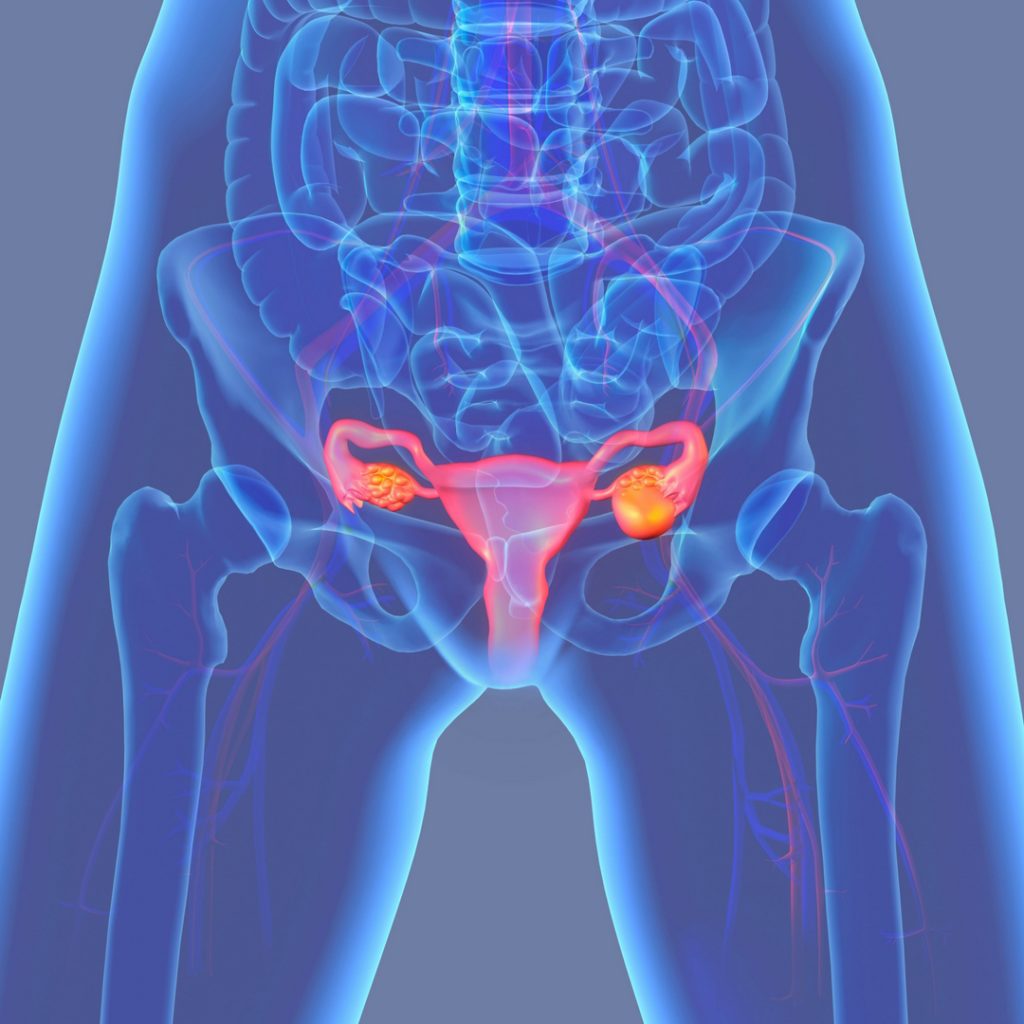
During diagnostic measures, it is necessary to check whether the neoplasm is malignant or benign? In other words, did the tumor turn into a cancer? That is why a study of CA 125 with an ovarian cyst is performed.
This element is a tumor marker. And if it is found in blood tests, it is concluded that the cyst may become a harbinger of ovarian cancer. No need to panic with a positive result on CA 125: its presence sometimes indicates simple inflammation in the female reproductive system. That is why a number of specialized studies follow. Only one elevated level of CA 125 is never diagnosed.
How to behave with a cyst
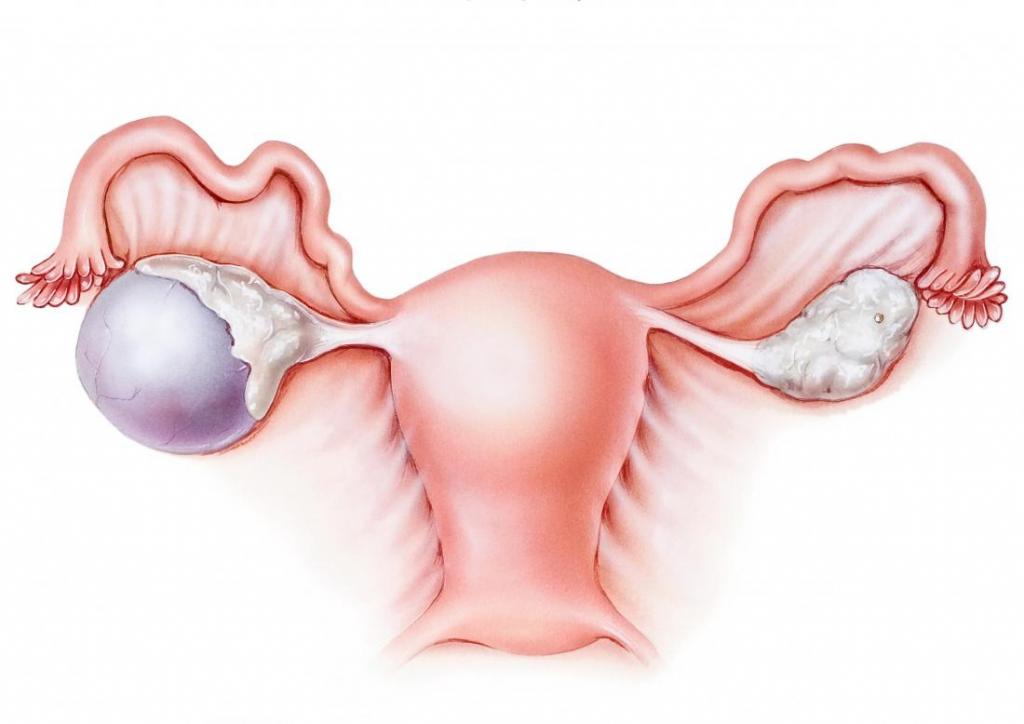
If even the reason why a cyst on the ovaries formed has not yet been fully established, some precautions must be taken to prevent it from bursting.
First of all, avoid overheating and do not abuse baths or saunas. Severe overheating provokes the cyst to overgrow, and this can lead to its rupture and severe bleeding.
You can live a sex life, another thing is that a sharp pain during intercourse often creates discomfort. This makes it possible to reduce the number of contacts to a minimum.
It is not recommended to actively engage in sports, as with a sharp load, a woman feels pain, and a cyst may twist on a leg or burst altogether.
You need to regularly (it doesn’t matter if the ovarian cyst hurts) check its condition. This procedure is performed by the attending gynecologist. If the status of the neoplasm changes for the worse, the doctor prescribes the appropriate treatment. It also happens that the cyst passes by itself, but this is only if it was functional, that is, it arose against the background of incomplete ovulation.
Cyst and pregnancy
During pregnancy, the woman’s body is rebuilt in order to bear the baby. At the same time, its hormonal background changes dramatically. For example, progesterone needs a lot until the placenta begins to produce it. So in the first 3 months of pregnancy, a corpus luteum cyst sometimes occurs. After this period, it dissolves by itself, since it is no longer necessary.
The follicular form of the cyst during pregnancy cannot be in principle, since follicles do not grow during this period - this process inhibits the hormone prolactin. That is why a woman cannot physiologically become pregnant during the period of gestation and during breastfeeding.
If in the period of the first trimester an ultrasound revealed the presence of a cyst, then we are often talking about a luteal neoplasm that does not need special treatment. However, it is necessary to be observed by a doctor until its disappearance.
Drug treatment

Because of what an ovarian cyst is formed in a woman, the doctor determines. He prescribes treatment, unless, of course, the neoplasm has become a natural phenomenon during pregnancy. In particular, it determines the type of drug, its dosage, and most importantly, during what period of the menstrual cycle it should be taken, since most drugs contain synthetic hormones.
For example, "Duphaston" with an ovarian cyst, it is proposed to take in the period from 11 to 22 days of the menstrual cycle. This drug helps the follicle to mature and burst by releasing an egg. But most importantly, it does not allow him to turn into a cyst during the luteinizing phase of the menstrual cycle. The tool has a fairly high cost, but its effectiveness justifies the cost. With the help of Duphaston, many women managed to establish their menstrual cycle and get rid of gynecological problems with an ovarian cyst and a number of other diseases.
It must be understood that even if tumor growth proceeds without discomfort, the course of treatment cannot be stopped. For Dufaston, it is up to 3 months.
Surgery
If drug treatment does not help, then the cyst is removed surgically. In the modern world, this operation is not performed by the open method, that is, the doctor does not make incisions on the skin and soft tissues to get to the tumor. Usually, everything is limited to a laparoscopic procedure, during which special tubes with instruments and a micro camera inside are brought to the ovaries. With their help, the surgeon removes the tumor.
Reviews about laparoscopy of the ovarian cyst are only positive: after all, during the operation there is no heavy bleeding, and rehabilitation does not take more than a few days. There are no large scars on the stomach, which, by the way, heal for a long time and can become inflamed.
Positive reviews about laparoscopy of ovarian cysts are left not only by the patient, but also by the doctors themselves. With proper dexterity, this procedure proceeds much faster than the outdated open method, which means that a woman may be under anesthesia not as long as before.
Folk methods

Along with conservative and surgical methods of treatment, there is also therapy with folk remedies. It is definitely impossible to consider it as the only suitable technique. But it can become effective if it is part of a package of therapeutic measures.
Although it is not completely known why cysts form on the ovaries, long-term observations allow us to suggest what can help get rid of them.
- Burdock juice. It is taken from young, still small plants. After collecting the raw materials, the leaves should be thoroughly washed under running water, then dried and squeezed juice from them. The product is stored for no more than 3 days, and only in the refrigerator. Take juice for 2 tbsp. tablespoons 3 times a day 30 minutes before meals for 30 days.
- Acacia flowers. An alcohol tincture is prepared from them. In 500 grams of vodka should be filled with 4 tbsp. spoons of dried flowers. Stir and place in a dark, warm place for 10 days. Take the drug as follows: 2 tbsp. tablespoons 3 times a day 30 minutes before meals. For greater effectiveness, it is allowed to alternate taking tinctures with juice from burdock leaves.
- Before going to bed, you can drink a decoction of clover leaves. It is easy to prepare: 4 dried pink clover flowers are brewed in 1 liter of boiling water, like tea. Insisted tool for at least 6 hours. You should drink it immediately, as it is prepared, since the shelf life of the broth is only 12 hours.
- Tincture of raisins. The preparation is prepared as follows: 300 g of black or yellow raisins are poured into 500 g of vodka and cleaned in a dark, warm place for 15 days. After that, the resulting tincture can be taken in 2 tbsp. tablespoons 3 times a day before meals. The course of treatment is 30 days. If after this improvement is not observed, then therapy should be continued.
- Onion. An effective remedy, according to healers, but you do not need to eat a vegetable. A small bulb is soaked for 24 hours in honey, after which it is inserted into the vagina for 8 hours. It is better to carry out this procedure at night. The course of treatment is 10 days.
- Needle tincture. A small amount of needles from any tree is about 5 tbsp. tablespoons - you need to fill up in a thermos and pour 500 g of boiling water. The infusion will be ready in 12 hours. You can drink it 3 times a day for 50 g for 3 days. Then - 2 days of rest and again 3 days of admission. There should be at least 7 such circles. According to healers, this is the most effective method of treating ovarian cysts.
Conclusion
Why do ovarian cysts form? This fact is not yet known to science. Is it possible to hope that everything will go away by itself? It is possible, but only under the supervision of a doctor and under certain conditions, for example, during pregnancy.
With this pathology, you do not need to self-medicate, it is better to trust professionals. In this case, the tumor will definitely not become malignant and will not pass into ovarian cancer. A special role is played by the timeliness of diagnosis and, accordingly, the beginning of treatment in the early stages.